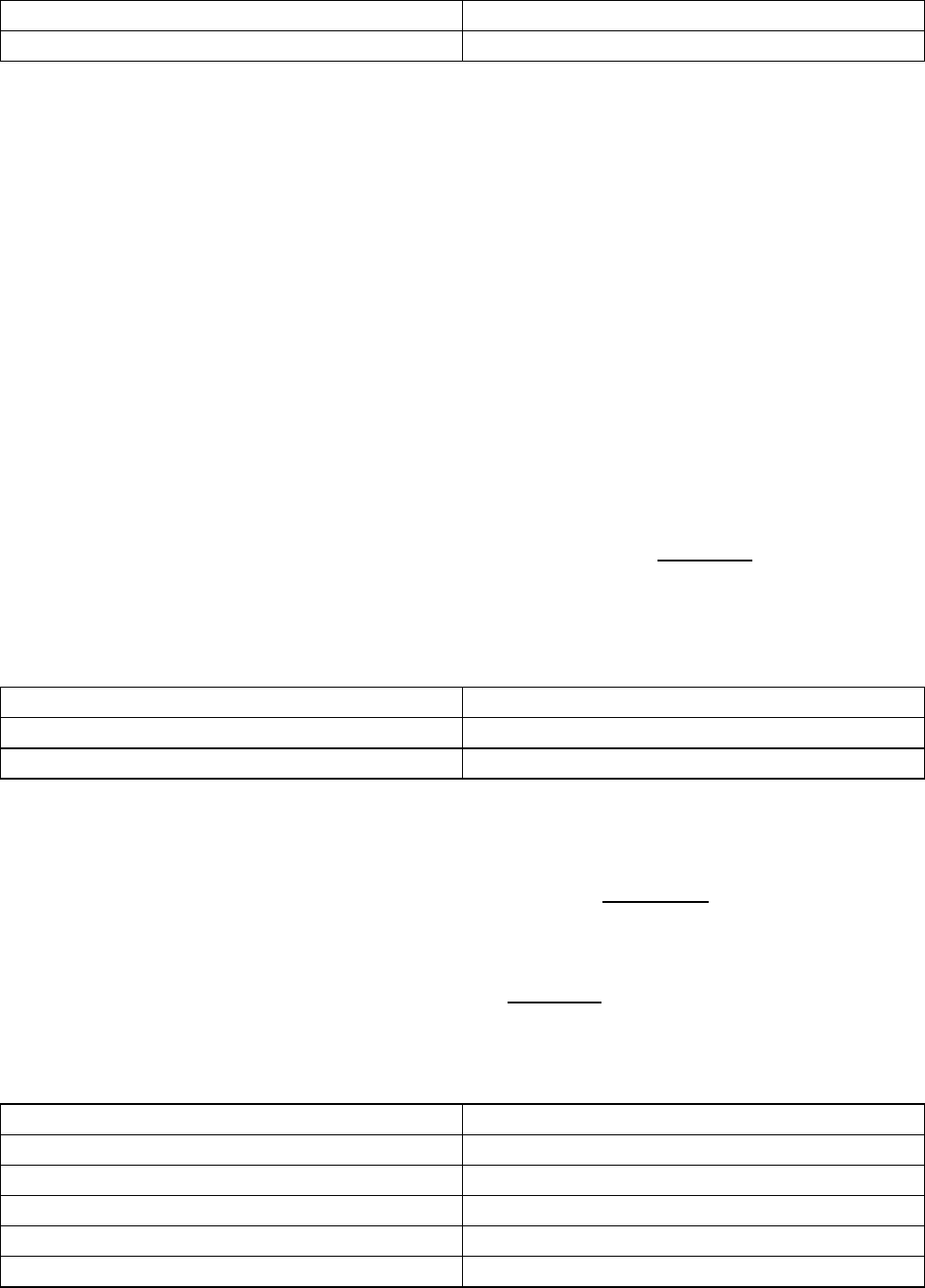
Secondary root bridge priority 16,384
Root bridge priority 8,192
The switches participating in STP (other than the root bridge) must form an association with the root bridge
shortly after the root bridge has been elected. Each switch examines each BPDU as it arrives on each port.
When a switch receives the same information on more than one port, it is an indication that the switch has a
redundant path to the root bridge. The switch then determines which port will forward data and which ports
will be blocked from sending data. This decision is made by analyzing the path cost and port ID fields of the
BPDUs.
Bridges look at the path cost first to determine if the port has the lowest−cost path to the root switch. If the
port has the lowest port cost, the port is placed in forwarding mode. All the other ports that are receiving the
same BPDU information are placed in blocking mode.
In blocking mode, the port will still forward BPDU and system information to the switch processor. If the
path cost is equal, as in the case of identical links, the bridge looks at the port ID as a tie breaker. The port
with the lowest port ID forwards, and all other ports are blocked.
Port Costs, Path Costs, and Port Priorities
After the root bridge has been elected, all the switches determine the best loop−free path to the root switch.
STP uses several different costs, with the port priority as the tiebreaker. The sum of all the port costs to a
destination through all the ports the frames must travel makes up the path cost. Table 10.4 shows the default
port cost and port priority assigned to each port.
Table 10.4: The default port settings for STP.
Variable Default
Port priority 32 (Except 1900 and 2820 series—128)
Port cost 62
When the BPDU is sent to the other bridges, it carries the path cost. The spanning tree looks first at the path
cost and decides which ports should forward and which ports should be blocked. If the path costs are equal for
more than one port, then the spanning tree looks at the port ID. The port with the lower port ID has priority,
making that port the forwarding port. If the path cost and the port ID are the same, then the STP will use the
port priority as the tiebreaker. We’ll look more at equal cost paths in the next section.
Tip On both the Command Line Interface (CLI) based IOS and the Set/Clear command−based IOS, you
should assign lower numbers to ports attached to faster media and higher numbers to ports attached to
slower media. The defaults differ for media, as shown in Table 10.5.
Table 10.5: Examples of path cost calculations.
Physical Wire Speed Path Cost
10Mbps 100
100Mbps 10
155Mbps 6
1000Mbps (1Gbps) 1
10000Mbps (10Gbps) 1
The port priority on each port can be modified to influence the links that will be forwarding. The port with the
lowest priority value forwards frames for all VLANs. In the event that all ports have the same priority value,
the port with the lowest port number will forward the frames. The possible port priority value range is from 0
to 63.
206


















